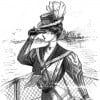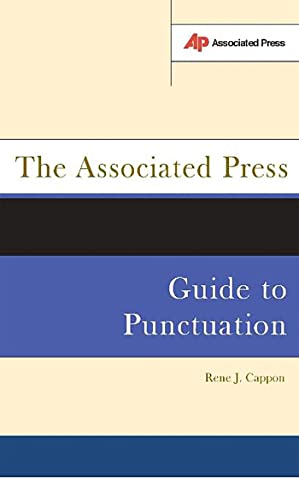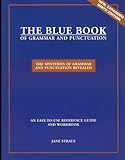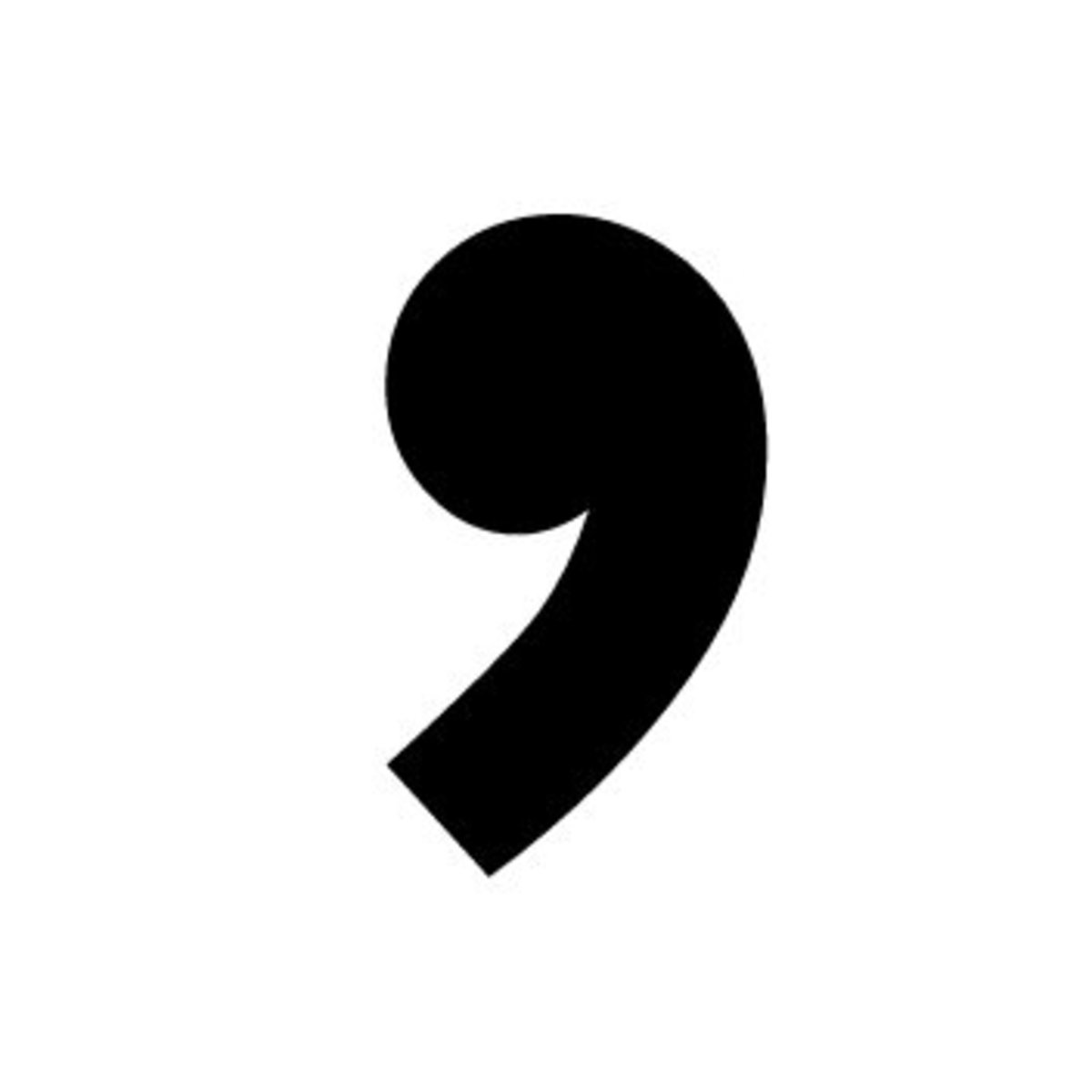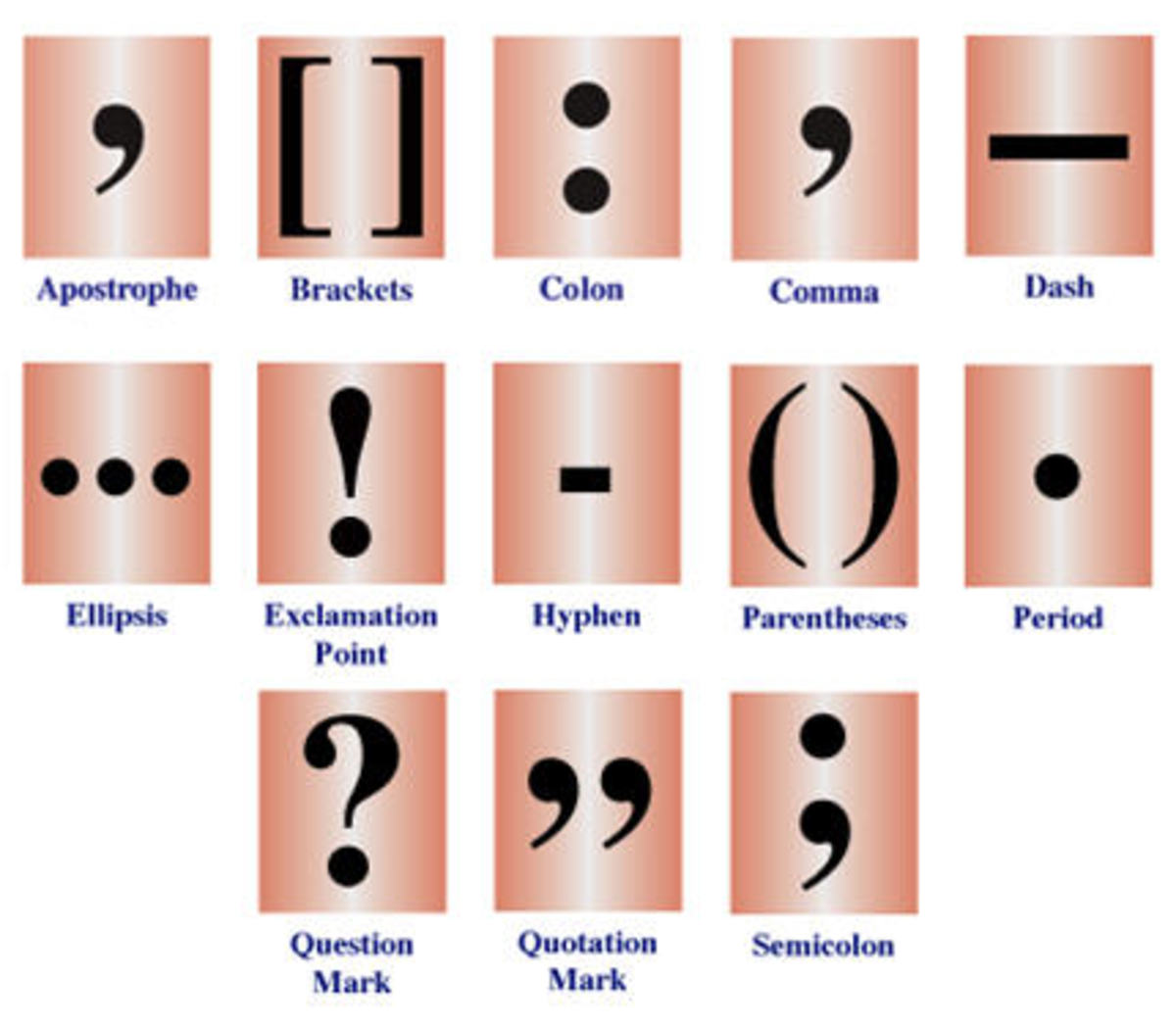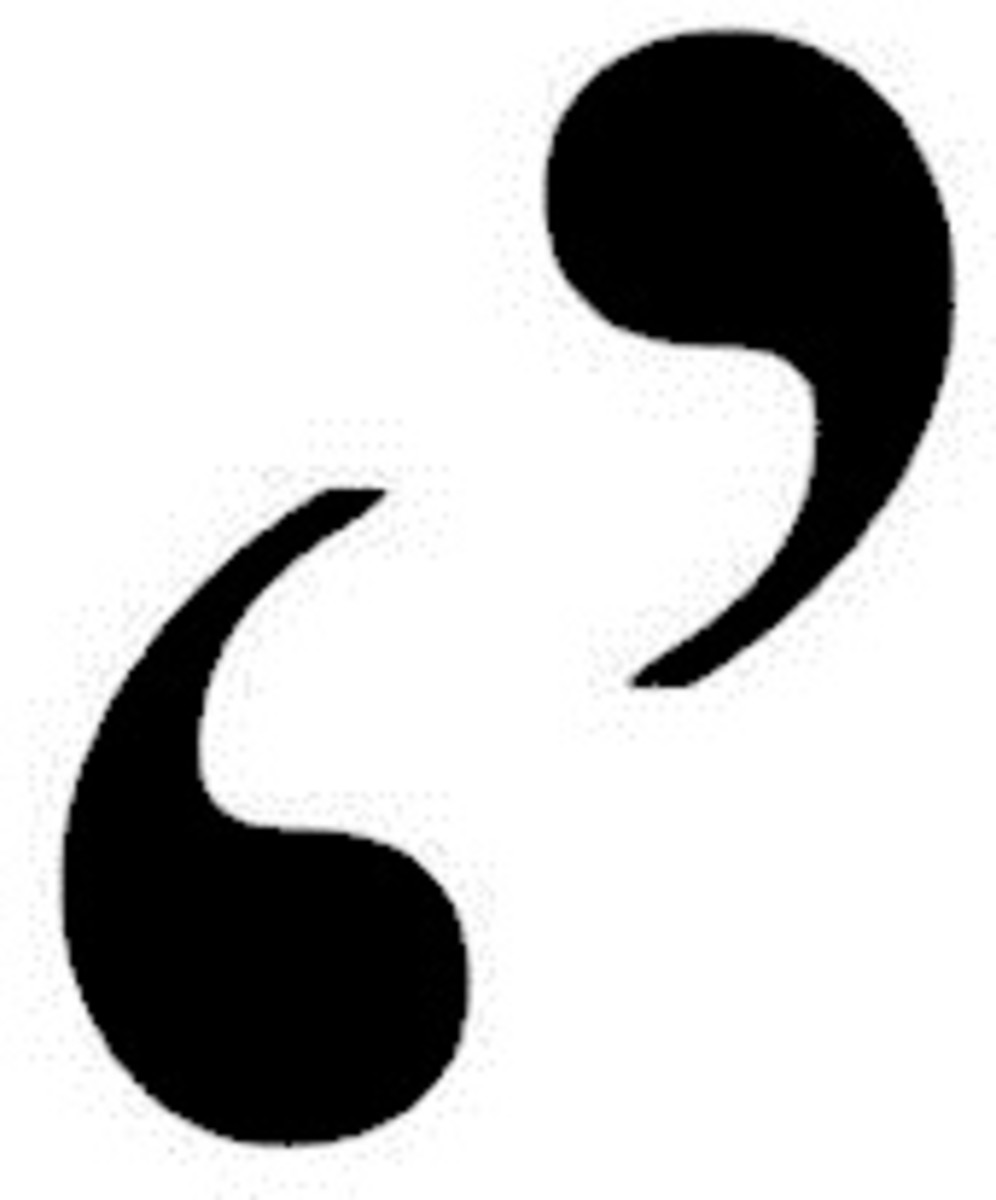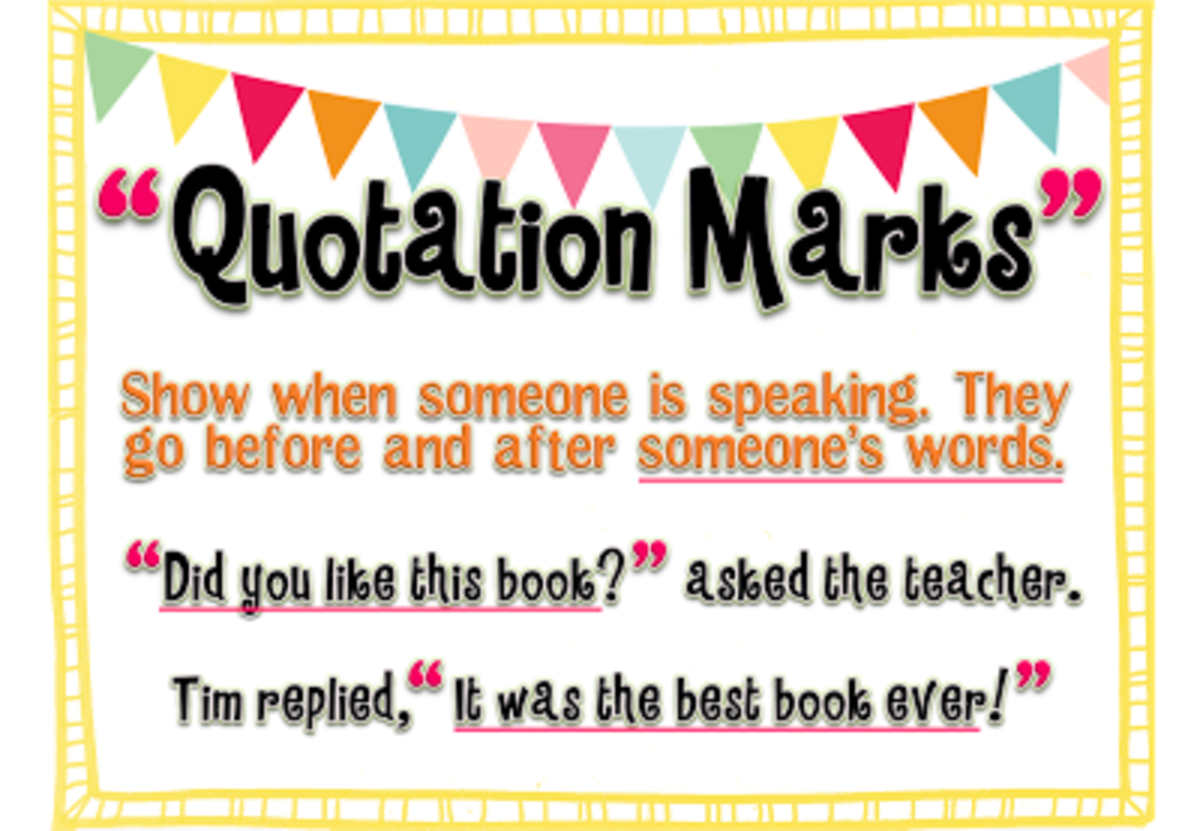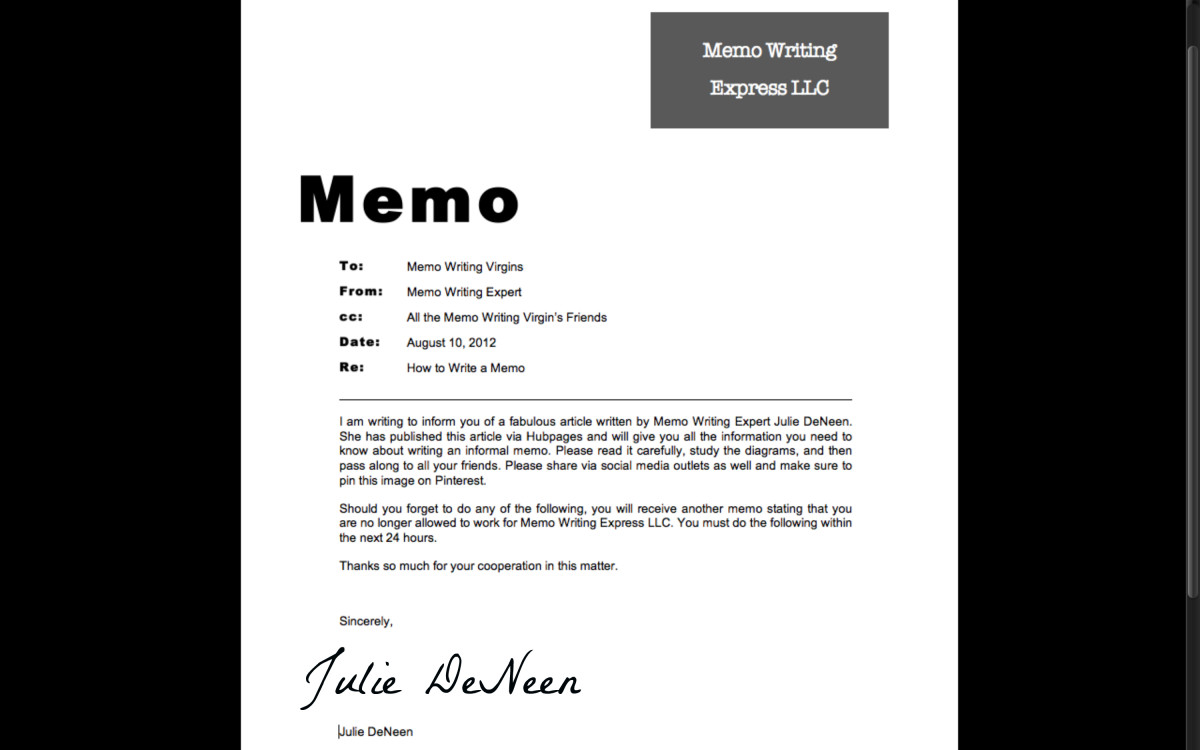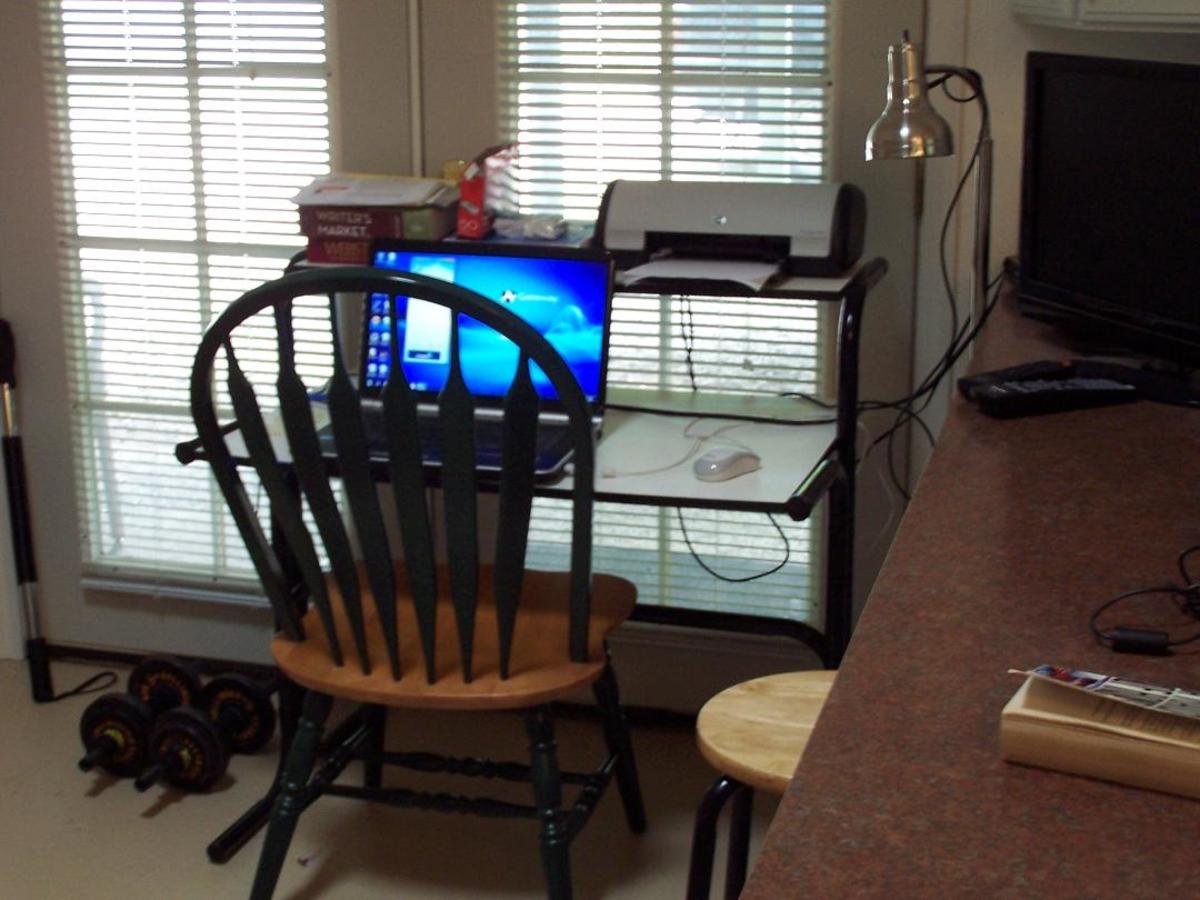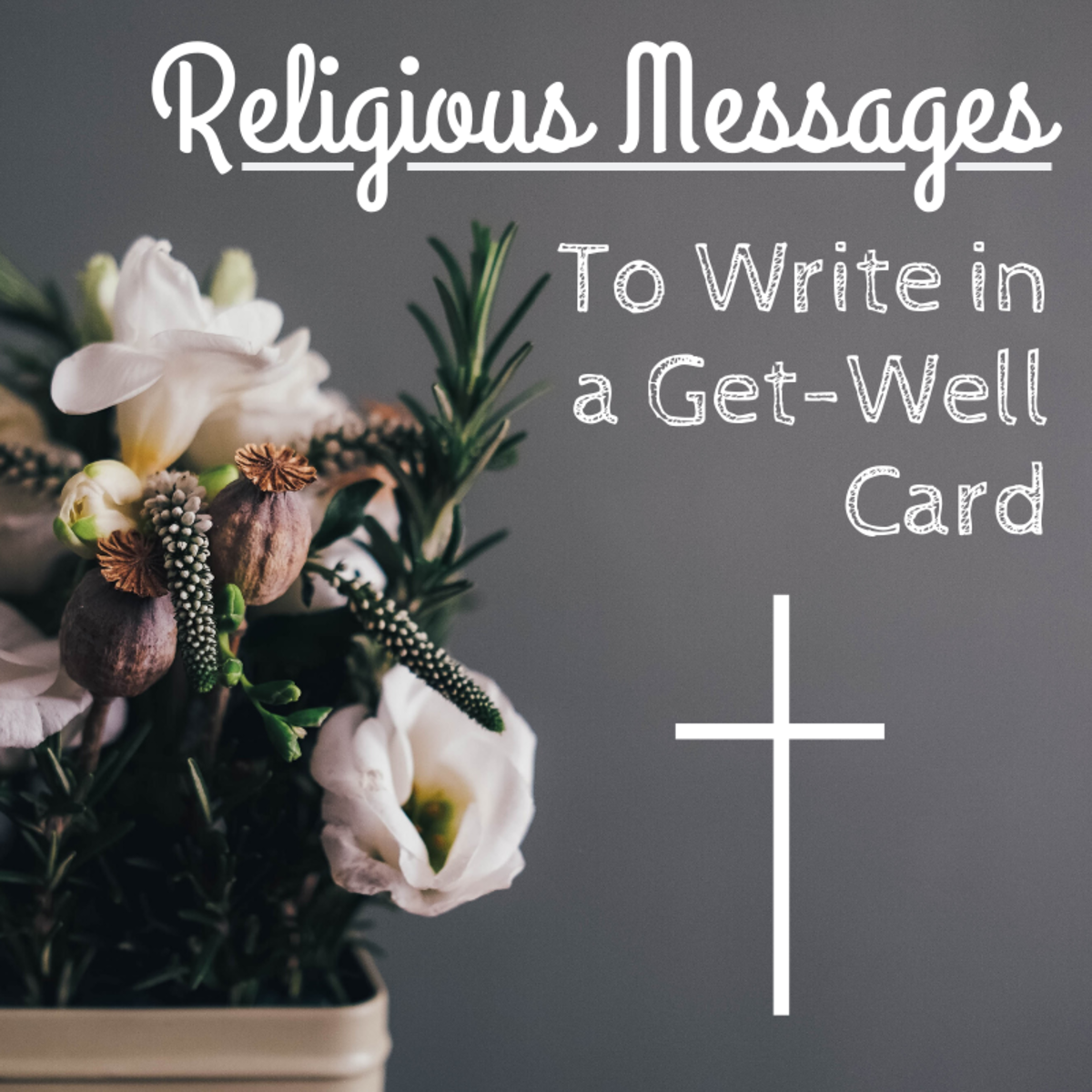Punctuation
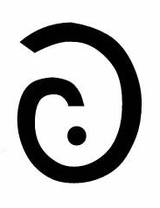
Punctuation is your friend!
Punctuation, in written language, the use of standard marks to clarify meaning. Punctuation marks are also used to help convey the emphases and breathing pauses natural to speech, to indicate sentence structure, and to enhance readability.
Punctuation varies from language to language and preferences for specific marks vary from writer to writer, but, within any given text, consistency is stylistically favored. The contemporary trend is toward a minimum of punctuation, with clarity as the main criterion for use. Here we have the most popular punctuation marks being used in modern English...apart from the one on the left, can you guess what it means?

Period
Most sentences end with a period, which signals a strong pause. The mark is also used before decimals and after abbreviations which do not contain apostrophes.

Comma
The comma, a versatile and often misused punctuation mark indicates a light pause and is chiefly utilized to separate a structural unit of a sentence. Commas appear most frequently to set off principal clauses, parenthetical material closely related to the main thought, direct quotations, forms of direct address, coordinate adjectives, and words or numbers which would otherwise be confusing. Current usage favors the insertion of a comma only where a pause is intended.

Semicolon
This mark represents a pause milder than a period but stronger than a comma. It is chiefly used between principal clauses and between components of a series, when the components are lengthy or already contain commas.

Colon
The colon most often stands between an introductory statement and an immediate amplification. It also follows the salutation of a formal letter and divides hours from minutes in statements of time.

Semicolon
This mark represents a pause milder than a period but stronger than a comma. It is chiefly used between principal clauses and between components of a series, when the components are lengthy or already contain commas.

Question Mark
With the exception of requests worded as queries, direct questions end with question marks; requests sometimes close with periods instead. In the body of a sentence a question mark between parentheses suggests doubt.

Exclamation Point
This mark ends a sentence expressing strong feeling, surprise or incredulity.

Apostrophe
An apostrophe followed by the letter "S" at the end of a noun signifies possessive case. The mark followed by an "s" also pluralizes letters of the alphabet, figures, and words discussed as words. Within contracted words, apostrophes replace eliminated letters.

Hyphen
Hyphens join many compound nouns, all compound adjectives, and, when they are spelled out, the elements of two-digit numbers and fractions. A partial word at the end of a line is followed by a hyphen and completed on the next line.

Dash
This mark usually stresses the material that follows it. Dashes also emphasize parenthetical thoughts and convey sudden interruptions in thought.

Quotation Marks
Direct quotations are preceded and followed by these marks. Slang and special-sense words and titles of short written words and titles of short written works are also often set off by quotation marks.

Parentheses
These marks enclose parenthetical matter of secondary importance.

Brackets
Primarily used to enclose interpolated material, brackets also set off parenthetical matter within passages already enclosed by parentheses.
